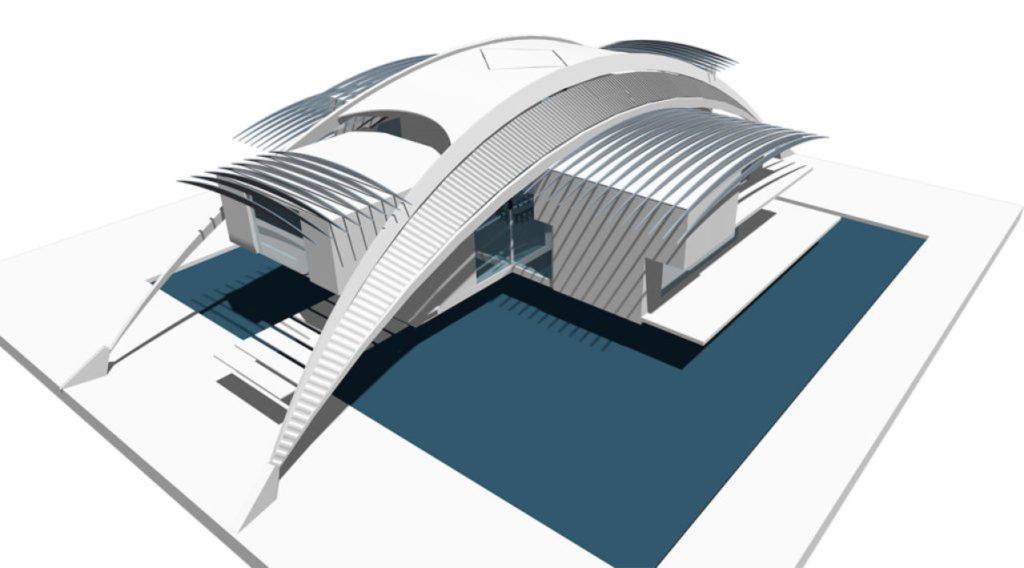The core of communities is public areas, which unite people and strengthen social relationships. Careful architectural design can turn these areas into energetic, useful, inclusive settings meeting various demands. Whether it’s a park, plaza, or cultural center, creative ideas that give accessibility, sustainability, and aesthetic appeal top priority provide environments that improve the quality of metropolitan life. Reimagining public spaces depends mostly on architects and planners who make sure the spaces are not only aesthetically pleasing but also friendly to every person. Forward-looking designs help public areas to be more dynamic and interesting so that communities may flourish. reference documents.
Creating with Inclusiveness and Accessibility in Mind
A very great public area embraces everyone regardless of background, age, or physical ability. Incorporating elements like tactile paving, step-free paths, and simple signs, inclusive design ideas guarantee that public spaces are reachable to all. Different groups are catered for by seating configurations, shade structures, and interactive components, therefore enhancing the use and appeal of a space.
Including universal design guidelines helps to create settings where people feel free and enabled to engage in social and cultural events. Careful arrangements foster community involvement and a feeling of belonging at the same time. Including accessibility into the core of design helps public areas to meet the needs of a varied population.
Ecological and Sustainable Architecture
Modern public areas have to embrace sustainability if they are to reduce environmental impact and advance long-term usability. Among the green construction materials, energy-efficient lighting, and rainwater-collecting systems that support environmentally friendly designs are native plants and green roofs, which are among the landscaping decisions that assist in controlling temperatures and improving biodiversity in metropolitan settings.
Architectural ideas build strong public areas that help the earth as well as humans. Open spaces meant with climate adaptation in mind make sure they stay useful all through different seasons. Including green technologies into public infrastructure not only lessens environmental impact but also gives local populations better surroundings to enjoy as a reference for sustainable development.
Combining Functionality with Aesthetic Appeal
A well-designed public space harmonizes aesthetic appeal with utility to produce a smooth interplay between architecture and community requirements. While promoting social interaction, striking facades, artistic installations, and dynamic lighting help to define a place. Careful arrangement of pedestrian paths, shaded sections, and benches guarantees easy access and mobility. Public areas become more welcoming when aesthetics and utility cooperate, therefore encouraging social contact and a closer link between people and their surroundings.















